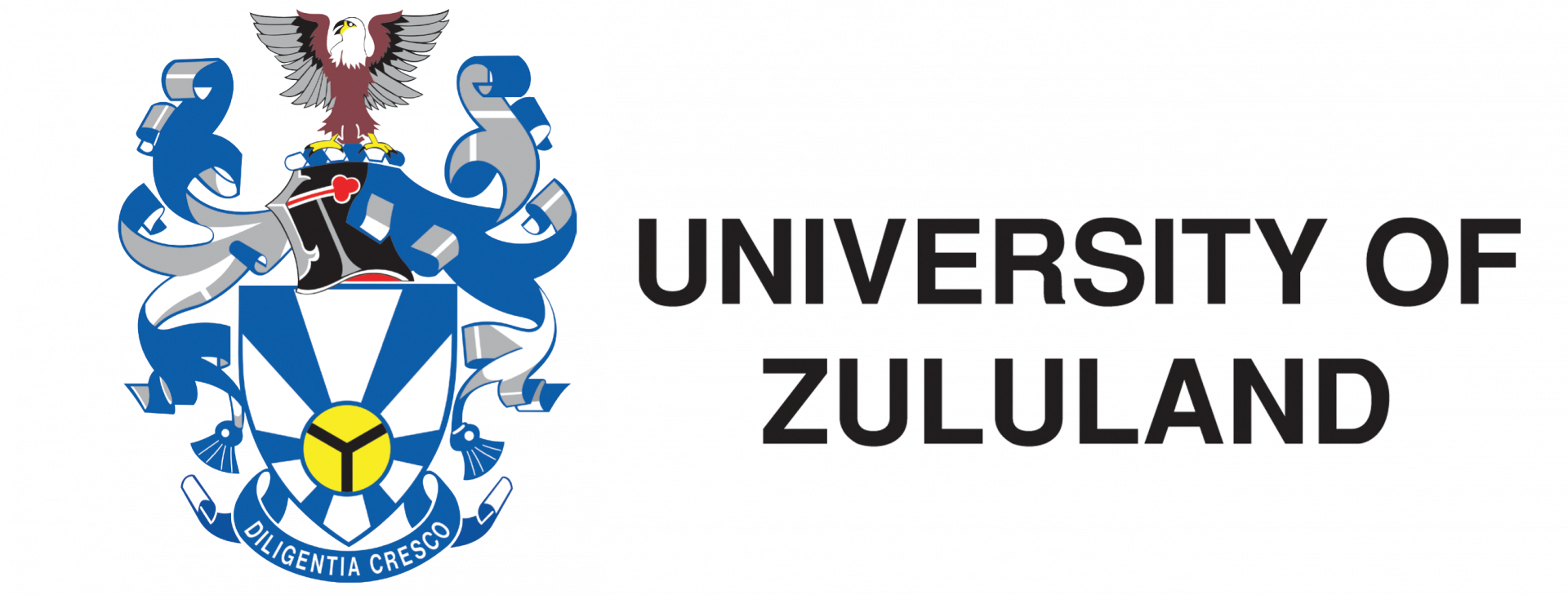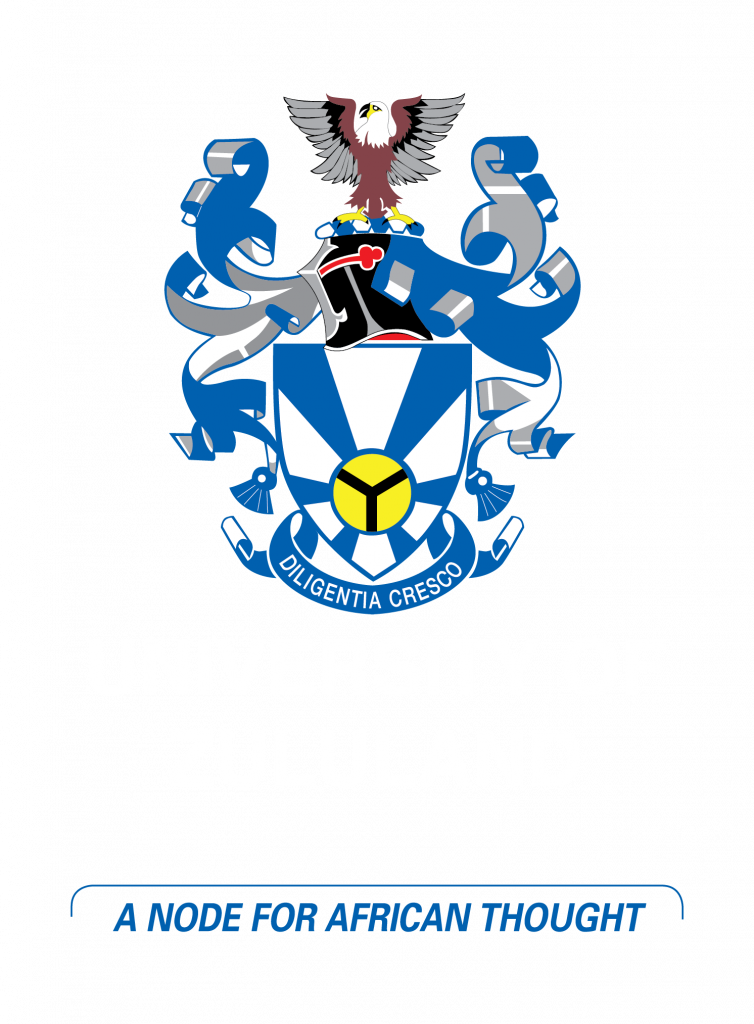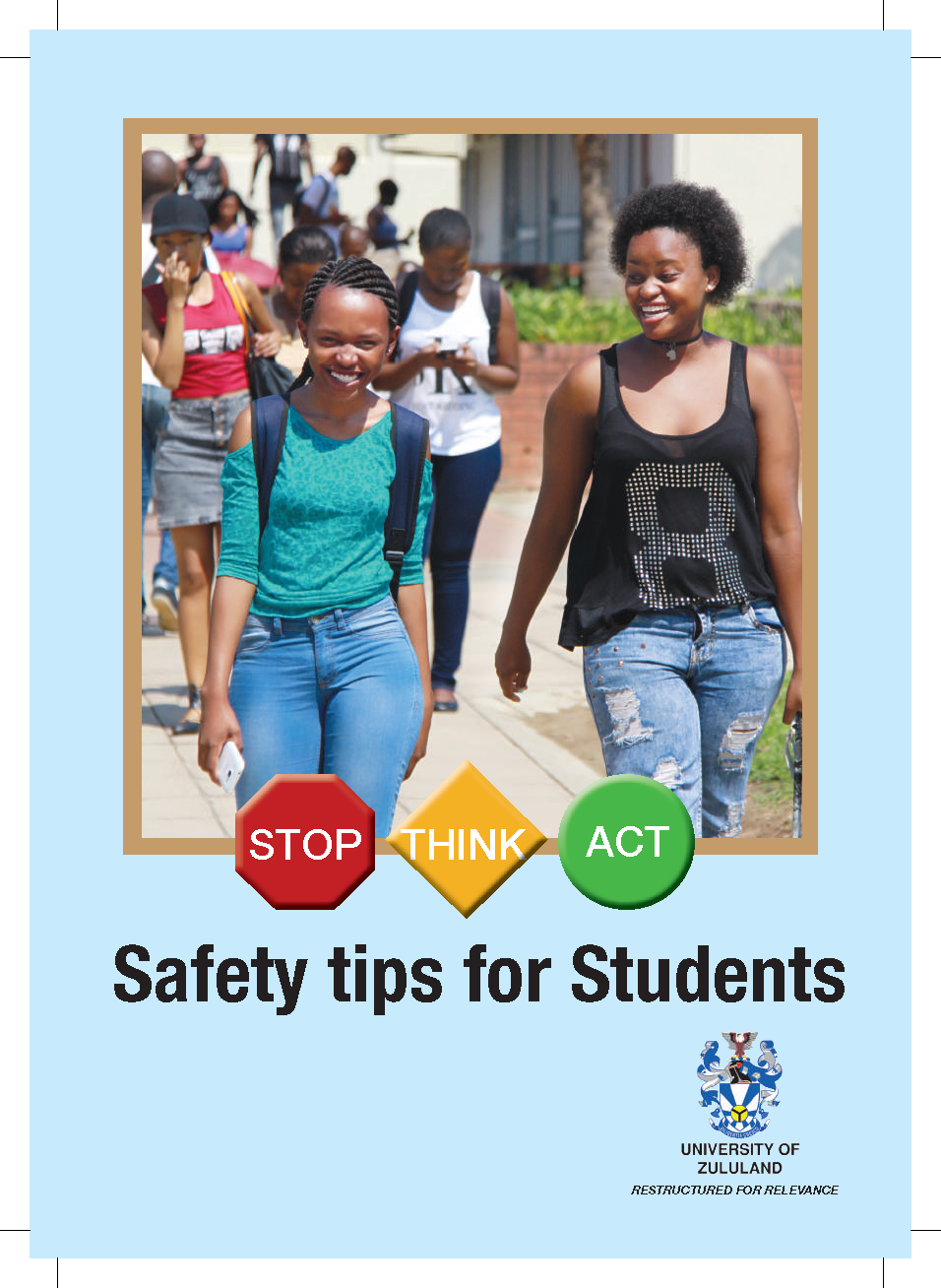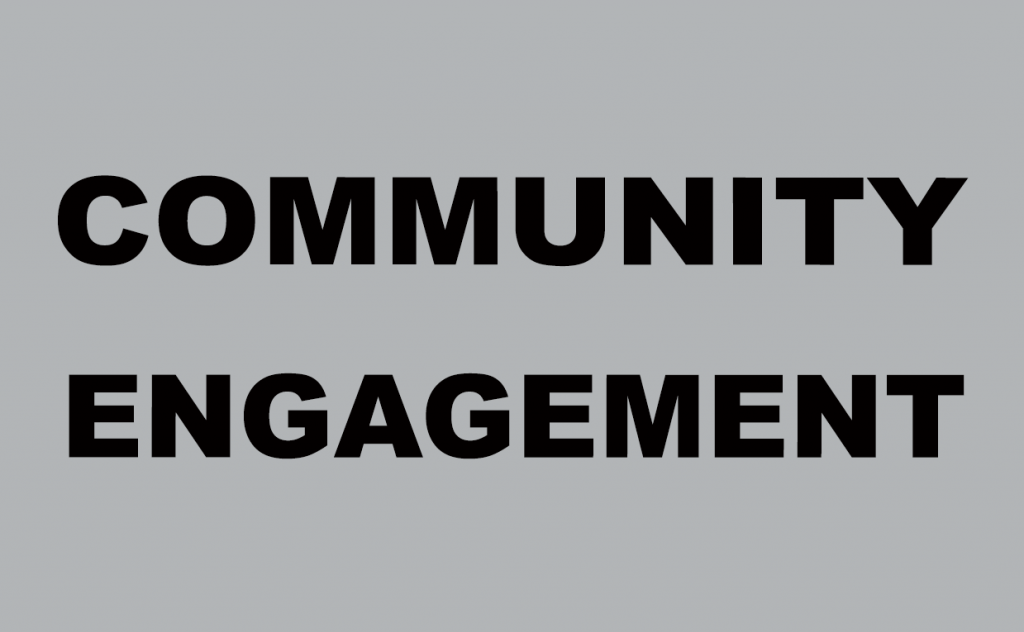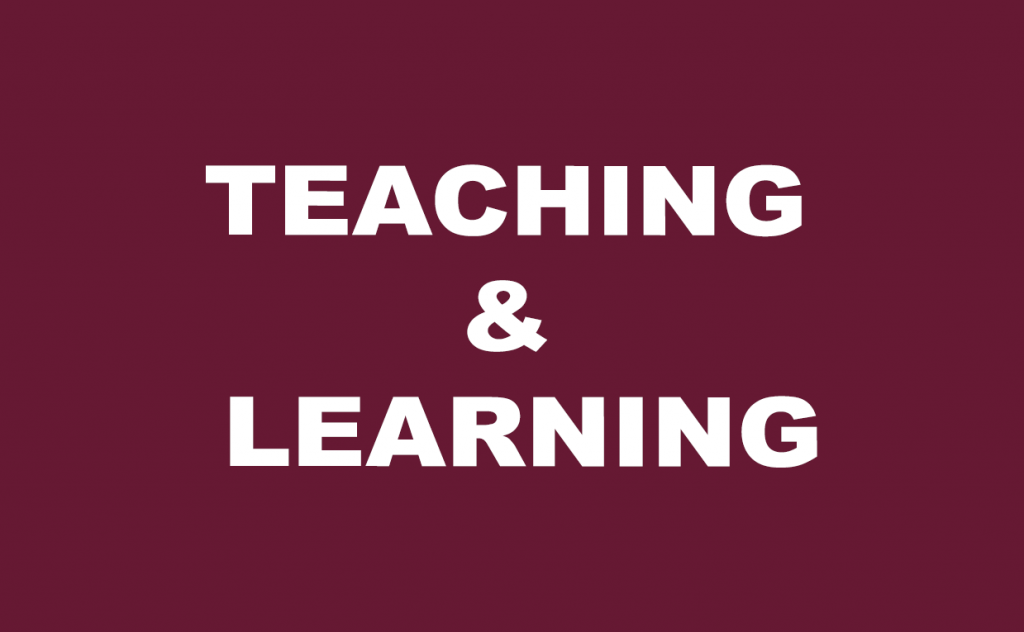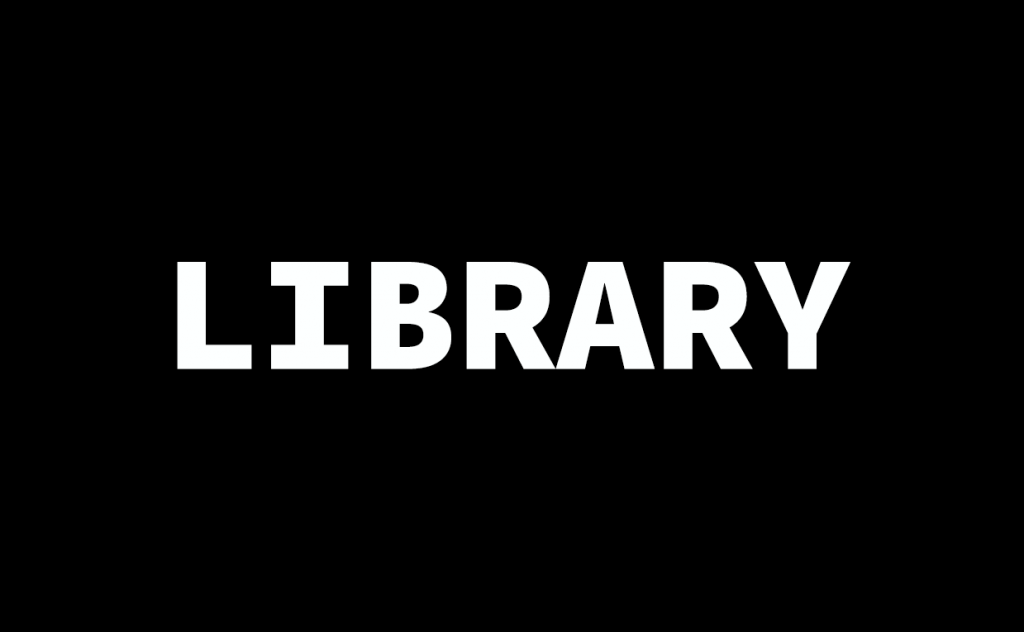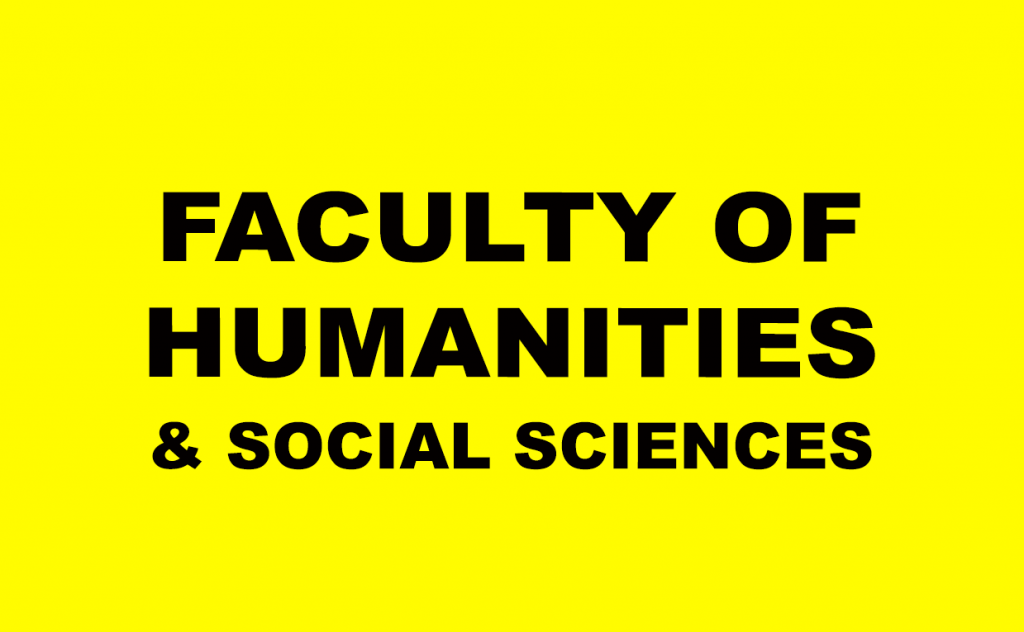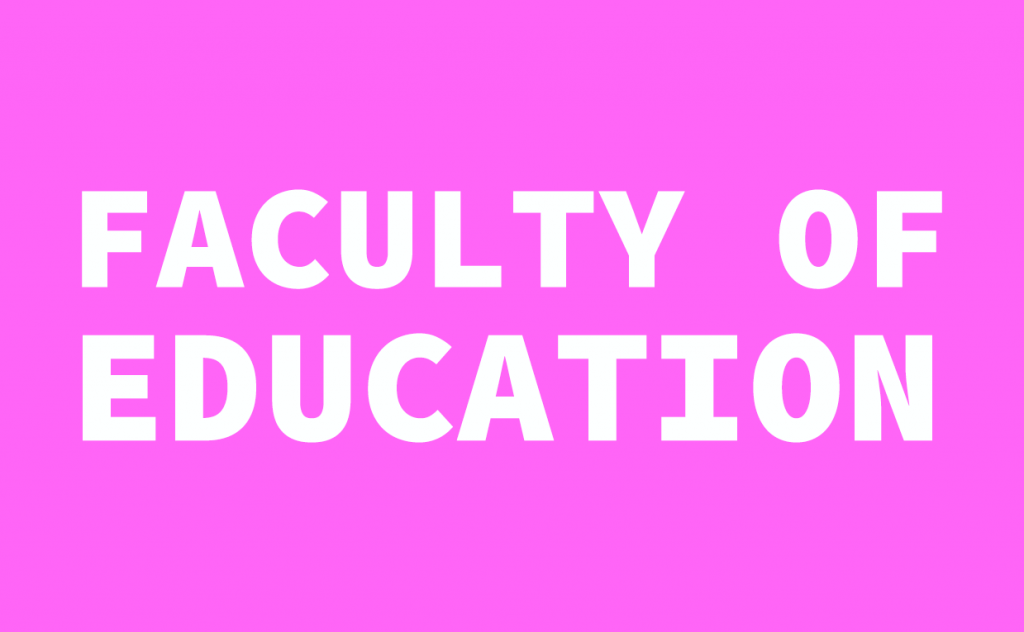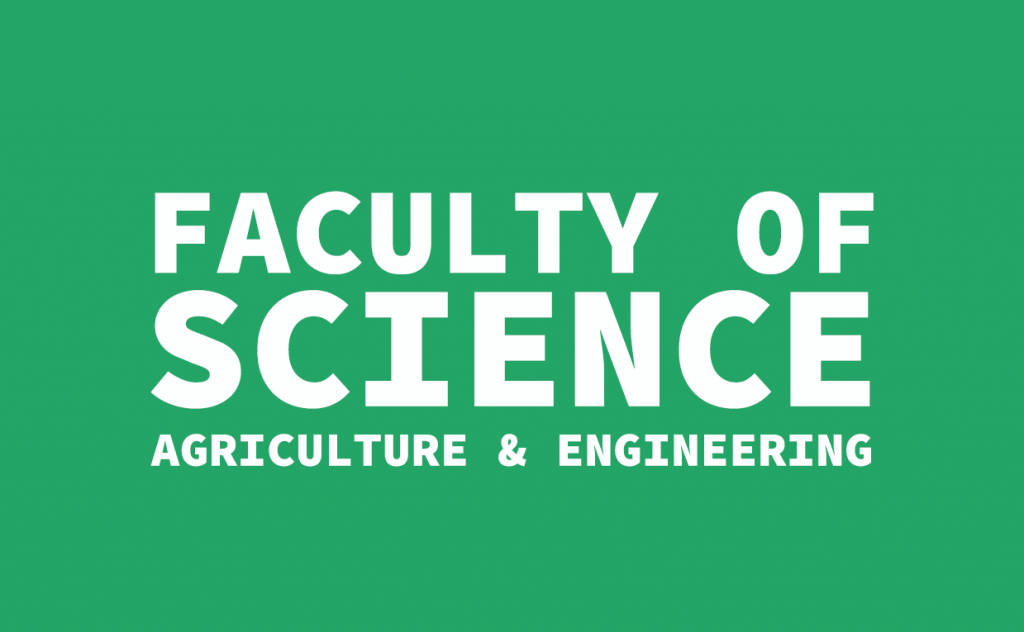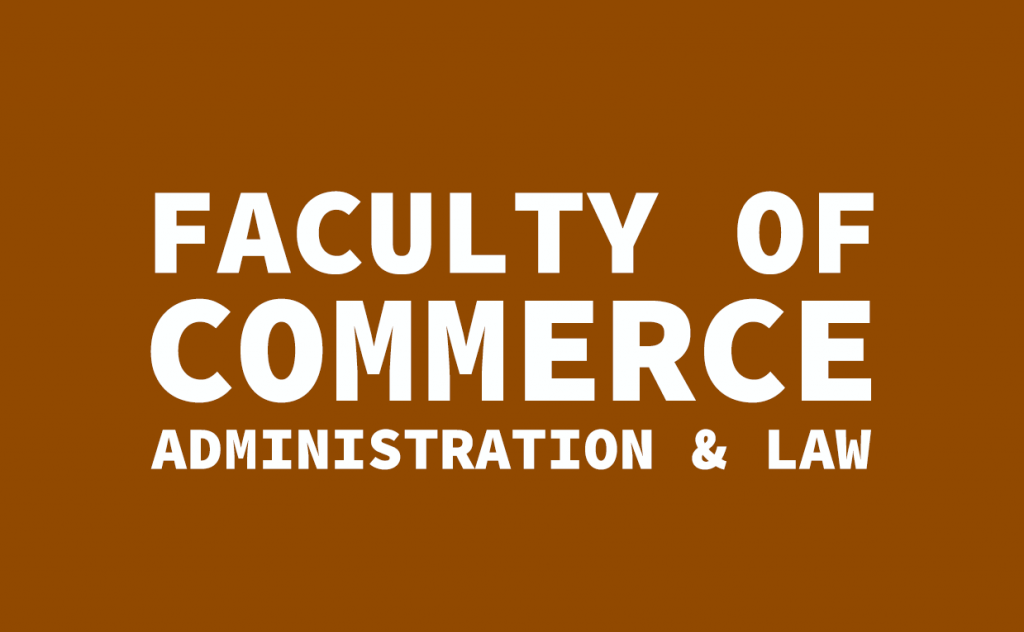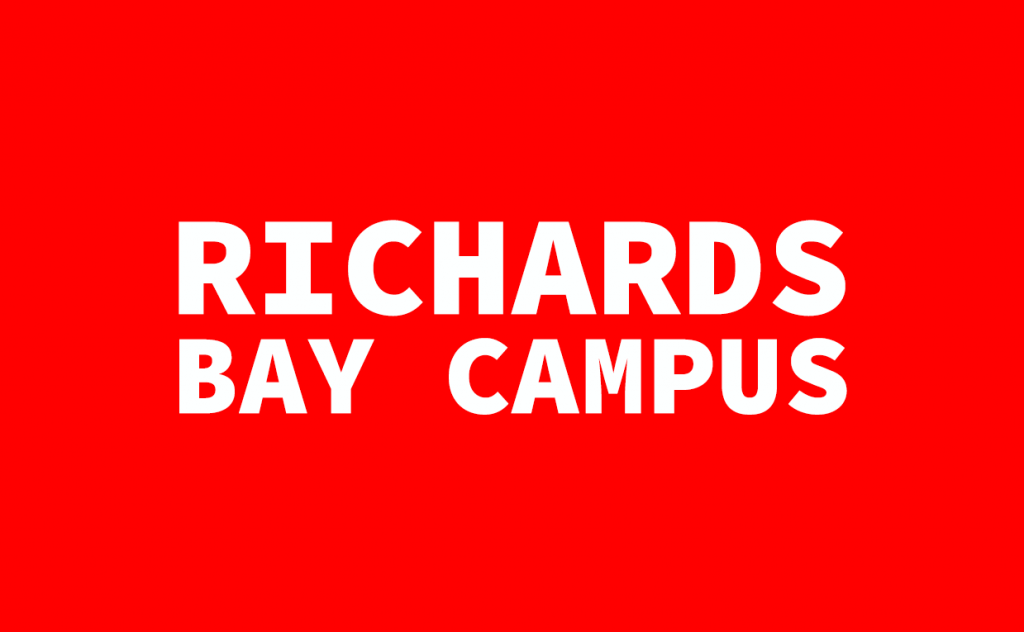EXPERT OPINION | World Theatre Day: Spotlight on South Africa’s Creative Industries! | by: Prof. Zoliswa Fikelepi-Twani
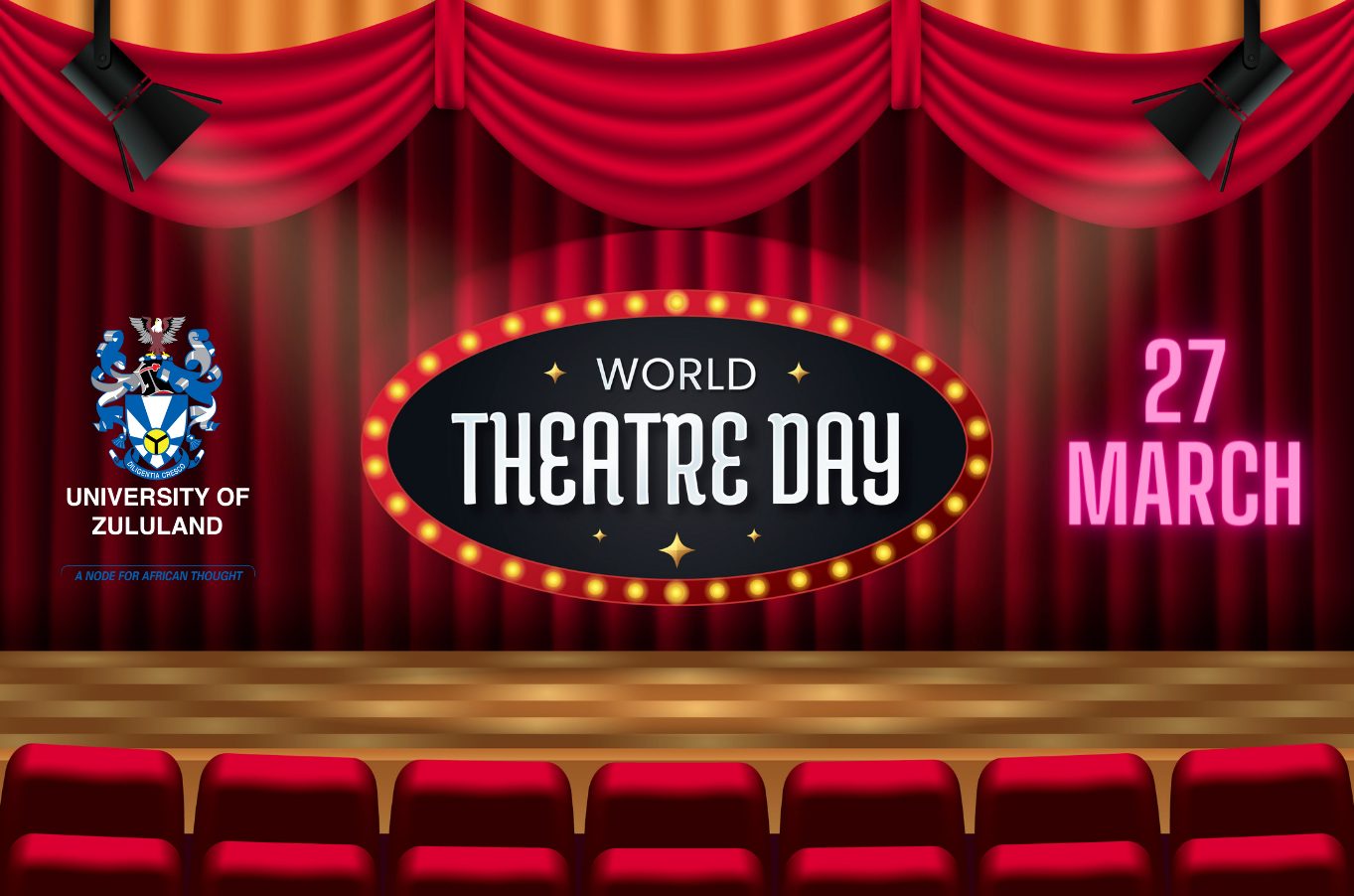
Theatre is not just about costumes and applause. World Theatre Day reminds us how powerful theatre can be. In South Africa, plays were weapons against apartheid. Remember the household names like Dr John Kani, Winston Ntshona, Athol Fugard and Gibson Kente? Their work spoke truth to power! A barrage of questions immediately run through as I begin to scan the arts environment and landscape in South Afrrica: is there a reason to commemorate Theatre Day and theatres as aesthetic spaces in our country today; What is there to reminiscence about; should we only end at reminiscing about past victories and successes? Does anyone remember the 1972 Sizwe Banzi Is Dead?
I tend to think I must have been a weird child to be mesmerised by the realism of Black Township theatre at the Mdantsane Township Civic Centre, East London. I was barely five years old when in1963, ‘Bro Gib” Gibson Mthuthuzeli Kente – the Father of Black Theatre produced his first play, Manana, The Jazz Prophet, which featured celebrated musicians Caiphus Semenya and Letta Mbulu. Then followed in 1966, his musical Sikalo, which blended African gospel and township jazz.
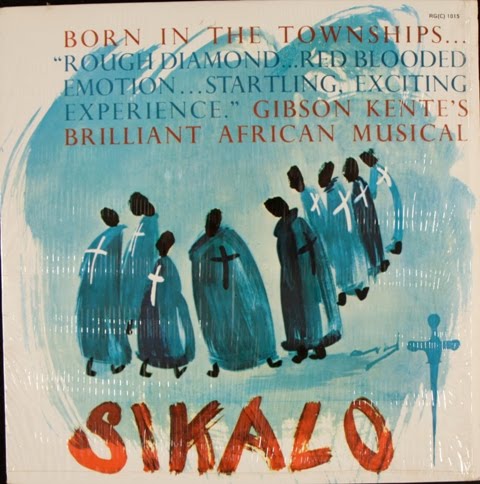
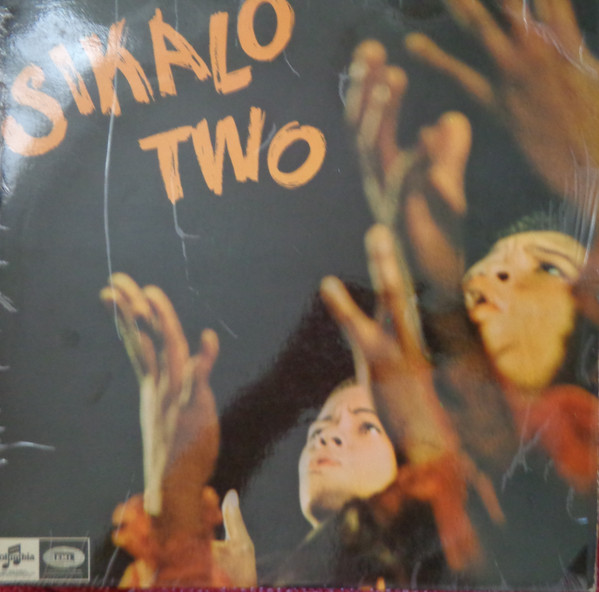
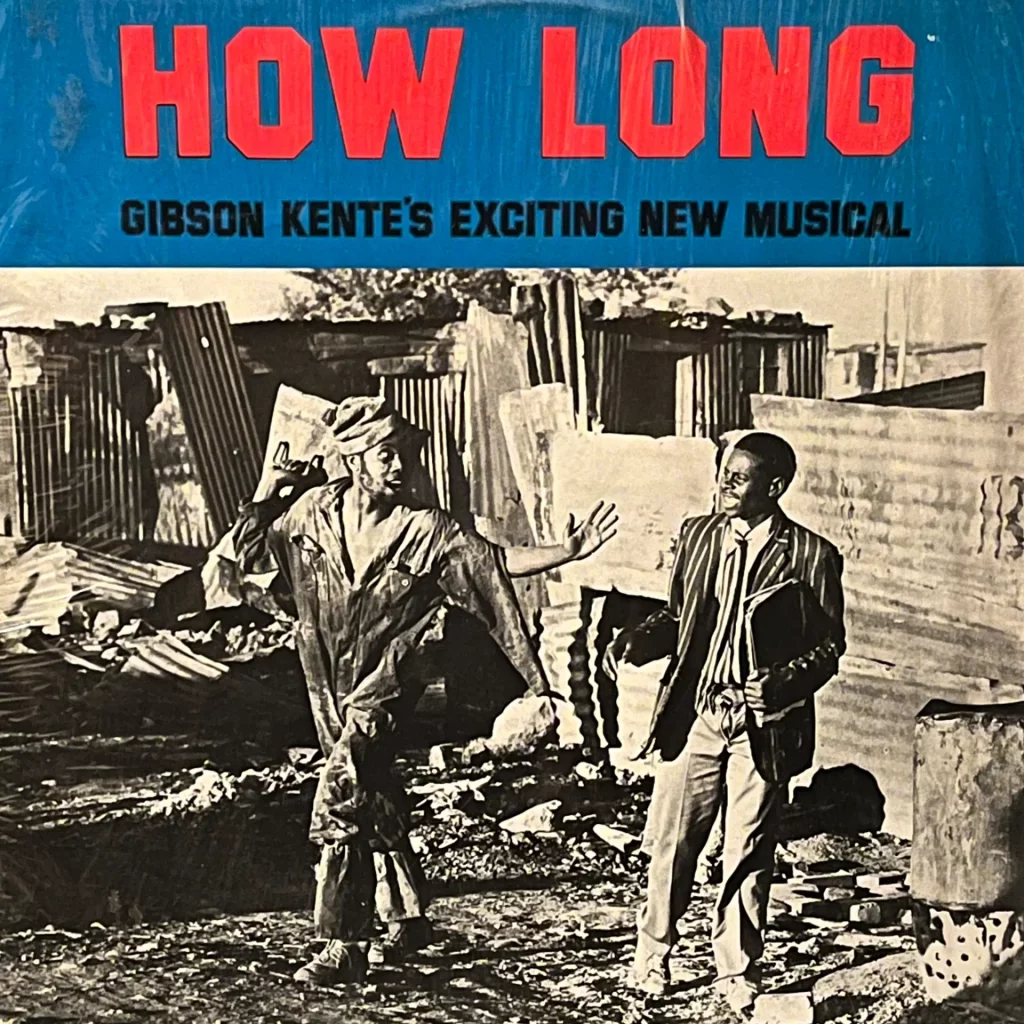
Do these pictures ring a bell? He was a pioneer of all sorts and a one-stop-shop: from his own training centre and production company, GK Productions; training of famous South African artists and entertainers such as Brenda Fassie, Nomsa Nene, and Mbongeni Ngema in the garage of his home in Dube Soweto; and writing music for artists such as Miriam Makeba and Letta Mbulu and Caiphus Semenya. Three of his plays drew criticism for being anti-apartheid (Segregation) and were banned: How Long, I Believe and Too Late. Where are all these iconic productions, are they even part of the curriculum?
The English professor from the University Western Cape and a former resistance theatre actress, Professor Charlyn Dyers, spoke about the significance of resistance theatre and her personal experience as a coloured actress during the years of apartheid. Dyers explained that the average man will go to the theatre in times of true and extreme diversity. Under the oppressive rule of the apartheid government the average man and woman (and their families) could be found at the theatre. The oppressed flocked to the theatre in order to realize their own life stories and to come to grasps with their own reality. Such theatre provided a form of escapism from the harsh reality of life during apartheid rule, characterized by musicals and dancing. With all this troubling silence about theatre in everyday life, are we then suggesting that there are no more struggles about the state of theatres and the arts in SA today? I disagree. As long as we do not have creatives who are netting billion rands in South Africa from their creative work, it is definitely not yet Uhuru.
Fast forward to today. South Africa’s creative industries (think art, music, theatre) are stuck. Current reports (Adams Africa Advisory) on the state of SA cultural and creative industries, talk about using technology to reach new audiences. Increased digitisation is set to dominate by forging opportunities in new creative sub sectors; innovation hubs that have potential to unlock the creative potential of human capital and international partnerships understood to stimulate growth in ancillary industries. But, what about those without internet access? Especially in rural areas, many talented artists and interested people miss out.
So how do we fix this? Schools and universities need to include arts education holistically and in a meaningful way with the necessary resources, not just to make artists, but to raise a generation who appreciates creativity. In South Africa today, we are still grappling with struggles of access to arts education and integration of the artforms. Challenges of resistance to transformation of the education system curriculum reforms and redress, like incorporation of entrepreneurship, incorporation of indigenous arts and cultures bring another dimension to the struggle. Imagine all the local stories and art forms that could be celebrated! Teachers need the tools to help kids explore, too.
The problem? Schools do not support creativity much. We need a curriculum that lets it shine and equips teachers to be art coaches. Plus, internet access in rural areas is a huge gap. Without it, a massive chunk of South Africa’s creative potential gets ignored. Only people in employment and those who have money have access to digital formats – those who are not working hustle for data and these people are mostly in the rural areas where internet access is a huge problem. People are only left with terrestrial radio and even then, sometimes in rural areas have no network reach. Load shedding adds another twist to the problems.
Let us also elaborating on challenges faced by artists in South Africa:
a) Limited Resources: Artists in South Africa often struggle due to inadequate resources. These include access to quality materials, studio space, and equipment. Additionally, funding for art projects, exhibitions, and research is scarce.
b) Lack of Exposure: Many talented artists remain undiscovered because of limited exposure. Opportunities for showcasing their work—whether through galleries, festivals, or online platforms—are essential but not always accessible.
c) Financial Constraints: Pursuing a career in the arts can be financially precarious. Artists may face difficulties in sustaining themselves, especially during the early stages of their careers.
Critics may argue that allocating resources to the arts diverts funds from other pressing needs, such as education or healthcare. I argue that the intrinsic value of art—its role in shaping culture, fostering creativity, and promoting well-being cannot be measured and is has a long lasting impact. Another objection has been that artists should be self-sufficient. This is possible but, the initial support is crucial for artists to establish themselves and contribute meaningfully to society.
Here are some specific solutions on supporting artistic talent:
a) Artist Development Programs: I advocate for the creation or expansion of artist development programs at the university level. These programs could offer workshops, seminars, and mentorship opportunities focused on areas like portfolio development, grant writing, business skills for artists, and marketing strategies for creative work. South Africa can learn from artist development programmes implemented in other countries, for instance, the Royal College of Art in London that has been able to transform artists’ careers through mentorship and skill-building workshops.
b) Artist-in-Residence Programs: establishment of artist-in-residence programs as successfully implemented for schools by the Department of Basic Education in collaboration with the Department of Arts and Culture, but now within the university or collaborating with local arts organizations. This would allow established artists to spend time on campus, mentor students, collaborate on projects, and enrich the overall creative environment.
c) Community Arts Partnerships: building stronger partnerships between the university’s creative arts departments and local arts organizations in disadvantaged communities. These partnerships could involve student volunteers assisting with workshops, guest lectures by professional artists in rural schools, and collaborative arts events that showcase local talent.
d) Funding Opportunities: I highlight the need for increased funding for scholarships and grants, other than the NAC bursaries and/or SAMRO scholarships. These could be streamlined. I strongly advocate for targeted funding to uplift underprivileged students pursuing creative careers.
e) Impact of Arts Funding: Share statistics on how increased funding positively affects artistic communities. For example, how the National Endowment for the Arts (NEA) in the United States has supported countless artists and cultural projects. For example, the NEA recommends approximately 2,300 grants annually across all 50 states, the District of Columbia, and U.S. territories and more than 60% of these grants go to small and medium-sized organizations with budgets up to $2 million. The NEA’s funding has successfully fostered creativity, enriched communities, and strengthened the cultural fabric of the United States. By investing in the arts, we empower artists and contribute to a vibrant and resilient society.
f) Arts Incubators: the creation of an arts incubator program on campus or in collaboration with external partners. Incubators provide resources, mentorship, and co-working space for early-stage artists and entrepreneurs, helping them develop their creative businesses.
By incorporating these specific solutions, a more vision is demonstrated on how to support artistic talent in South Africa.
World Theatre Day is a call to action! Let’s make the creative industries accessible for everyone. Arts education, digital tools, and support for artistic talent – that’s the recipe for a thriving scene. South Africa’s got an incredible artistic history, and this day reminds us that the arts are for everyone. Let’s keep the power of creativity rocking our world!
Prof. Zoliswa Fikelepi-Twani
Creative Arts Department – University of Zululand
Email: twaniz@unizulu.ac.za
